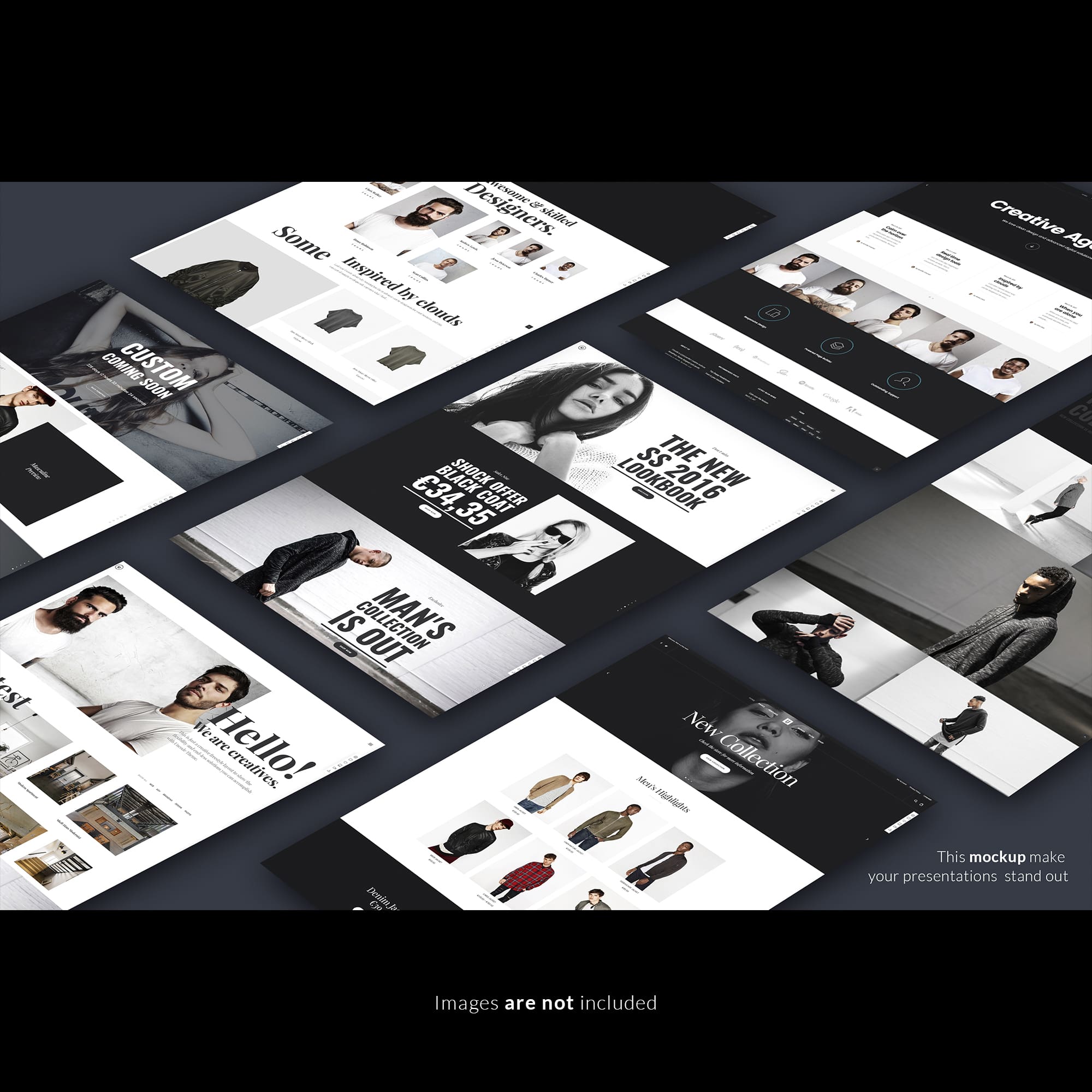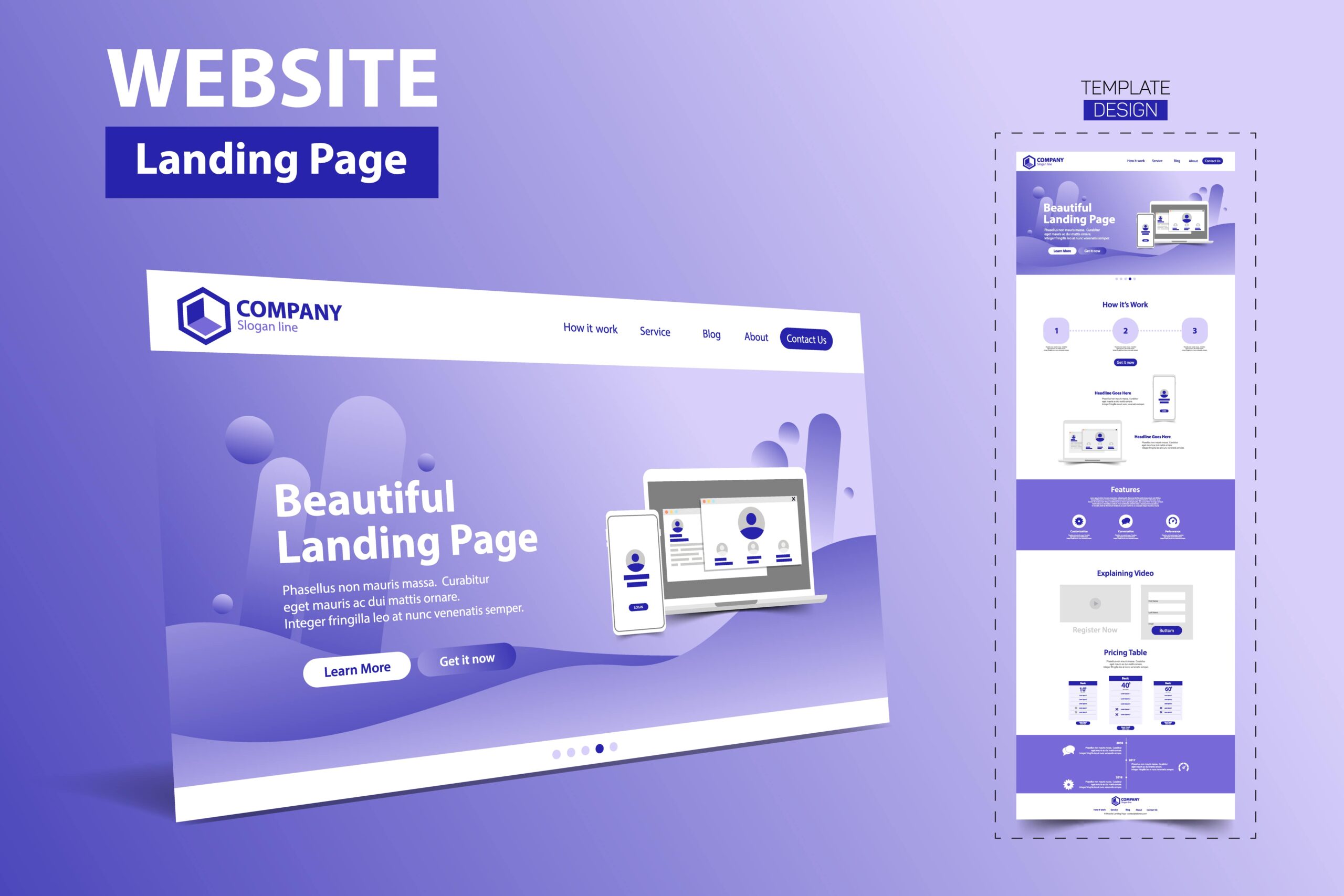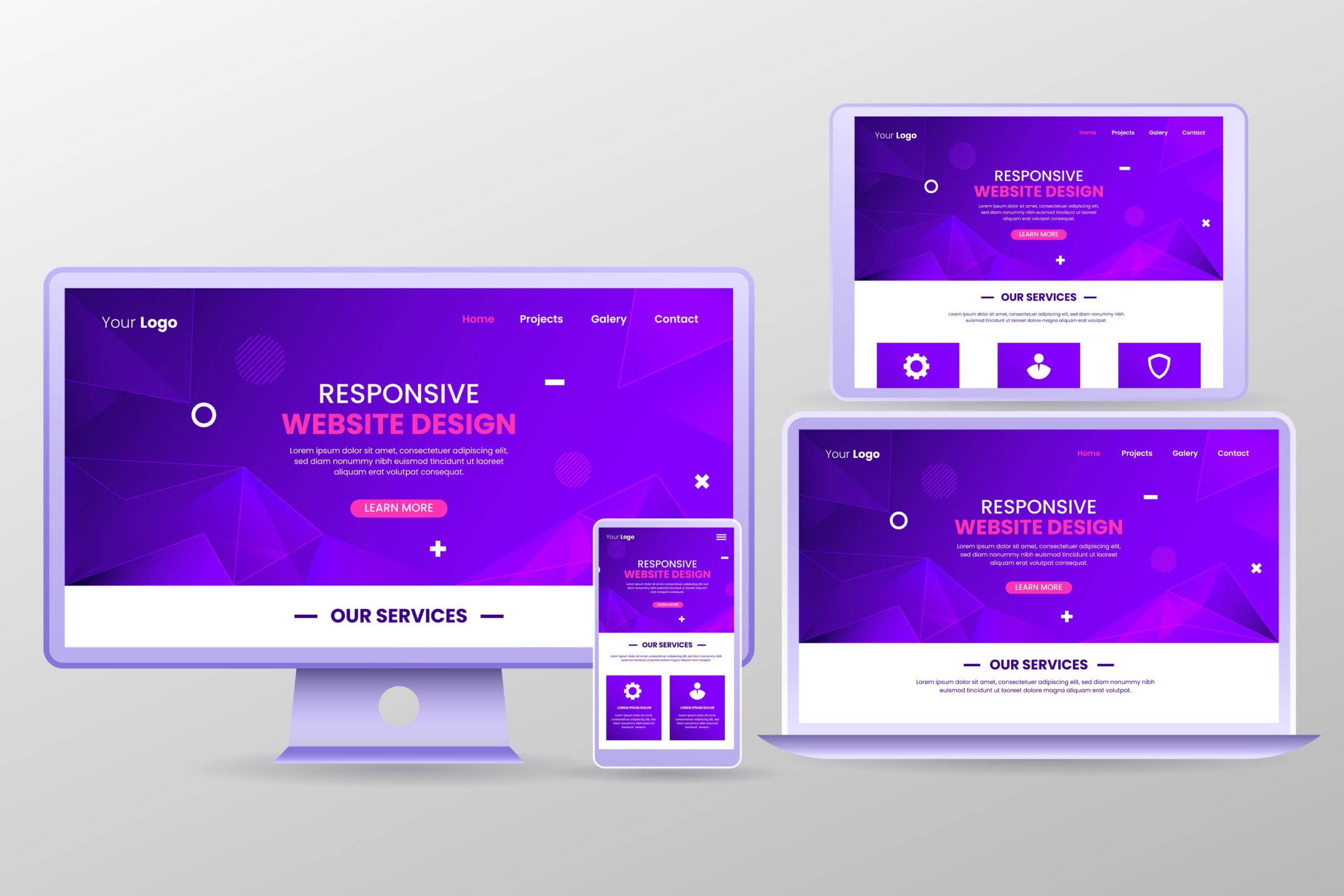Let’s delve into theImportance of website UI in business and explore the various ways it benefits a company. Businesses rely more and more on their online presence in the modern digital world to draw clients, generate leads, and boost sales. The user interface (UI) design of their websites and applications is an important component of their online presence. Importance Of UI Design In Business, its impact on website conversions, and recommended practices for developing a strong online presence will all be covered in this article.
Why A Good User Interface Is Important
The importance of a decent user interface cannot be overstated. By making it simple for consumers to explore and engage with the website or application, it improves the user experience in the first place. This in turn boosts user engagement and motivates visitors to stay on the website longer, check out more pages, and eventually make purchases.
Second, a well-designed UI portrays a professional image of the company, aiding in the development of trust and credibility with prospective clients. This is crucial for small and medium-sized enterprises because they might not have the same level of brand recognition as larger organizations.

The Importance of Website in Business Success
The first point of interaction between a company and potential customers is frequently through its website. Therefore, it plays a critical role in creating a lasting impression and influencing the decision-making process. A well-designed website with an intuitive UI can significantly contribute to business success by:
- Attracting and retaining customers
- Showcasing products and services effectively
- Facilitating seamless transactions
- Providing valuable information and resources
- Strengthening brand identity and reputation
UI Design in Business Websites
When it comes to business websites, UI design plays a pivotal role. It ensures that the website is visually appealing, aligns with the brand’s identity, and reflects professionalism. A good UI design incorporates intuitive navigation, making it easy for visitors to find what they are looking for. Cluttered and confusing interfaces can frustrate users, leading them to abandon the website and seek alternatives. On the other hand, a clean and well-structured UI encourages users to explore further, increasing their engagement with the business.
How Good UI Design Benefits Your Business
Investing in good UI design can have a significant impact on your business’s bottom line. Some benefits include:
- Increased user engagement: A user-friendly interface encourages users to explore your website and engage with your content, leading to higher conversion rates.
- Improved customer satisfaction: A well-designed UI ensures a smooth and enjoyable experience for users, resulting in positive reviews and recommendations.
- Reduced bounce rates: A clear and intuitive UI reduces the likelihood of users leaving your website prematurely, leading to higher retention rates and better search engine rankings.
- Enhanced brand reputation: A professional-looking UI reflects positively on your brand and helps establish trust with potential customers.

Types of UI Design
UI design encompasses various styles and approaches that cater to different user needs and preferences. Here are a few typical UI design styles:
- Flat Design: Characterized by minimalistic elements, vivid colors, and simple illustrations, flat design focuses on clarity and functionality.
- Material Design: Introduced by Google, material design emphasizes visual hierarchy, depth, and motion to create a realistic and intuitive user interface.
- Skeuomorphic Design: Mimicking real-world objects, skeuomorphic design uses textures, shadows, and gradients to create a familiar and tactile experience.
- Minimalist Design: Stripping away unnecessary elements, minimalist design relies on whitespace, crisp typography, and clean lines to achieve a sleek and elegant interface.
- Responsive Design: With a focus on adaptability, responsive design ensures the interface seamlessly adjusts to different screen sizes and devices.
These different types of UI design offer businesses flexibility in creating interfaces that align with their brand identity and cater to their target audience’s preferences.
Importance of UI Design in Modern Business
In the modern business landscape, UI design holds immense importance. A well-crafted user interface can significantly impact customer satisfaction, engagement, and conversion rates. It serves as the bridge between businesses and their target audience, providing an intuitive and visually appealing experience. A good UI design ensures seamless navigation, clear communication of information, and streamlined interactions. By prioritizing UI design, businesses can enhance their digital presence, build brand credibility, and stay ahead in the competitive market.
Role of Website UI in Business Success
The success of a business is significantly influenced by the user interface of its website. The user experience, conversion rates, and customer satisfaction levels may all be directly impacted. Businesses can increase their online performance and more successfully accomplish their objectives by investing in a well-designed user interface (UI).

Impact of UI on Website Conversions
A website’s conversion rate is directly influenced by the quality of its UI. A well-designed interface makes it easy for users to find relevant information, navigate through the site, and complete desired actions (such as making a purchase or signing up for a newsletter). This increases the likelihood of users converting into paying customers, ultimately boosting the business’s revenue.
Website UI Best Practices for Business
Implementing website UI best practices is essential for businesses aiming to create a positive user experience. Some key practices include:
- Consistency: Maintain a consistent design throughout the website, including color schemes, typography, and navigation elements. Consistency helps users feel familiar and comfortable with the interface.
- Simplicity: Keep the design clean and uncluttered, focusing on essential elements. Avoid overwhelming users with excessive information or complex layouts.
- Responsiveness: Ensure that the website is responsive and adapts seamlessly to different devices and screen sizes. Mobile-friendly design is particularly important in today’s mobile-driven world.
- Clear Call-to-Action: Use clear and visually prominent call-to-action buttons to guide users towards desired actions. Make them easily distinguishable and ensure they align with user expectations.
How Website UI Influences Customer Perception
The user interface of a website directly influences customer perception of a business. A poorly designed UI can create a negative perception, suggesting a lack of professionalism, trustworthiness, or attention to detail. Conversely, a well-designed UI instills confidence and portrays the business as credible, reliable, and customer-oriented. The overall look and feel of the UI can shape the user’s perception of the brand’s values and quality.
In conclusion, the importance of UI design in modern business cannot be overstated. A well-designed user interface enhances user satisfaction, increases conversions, and positively influences customer perception. By following website UI best practices and investing in a good UI design, businesses can create a competitive edge, foster customer loyalty, and drive overall success in the digital realm.







